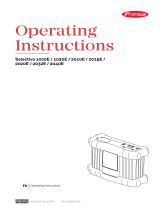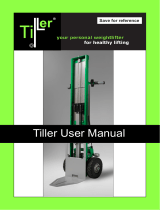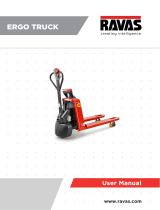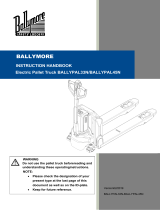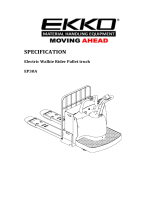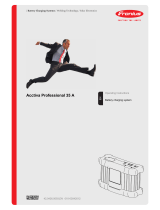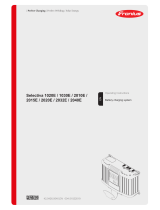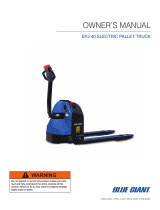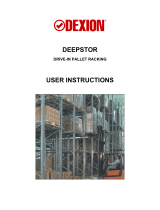
5.1 Changing the battery from the top 57
5.2 Lateral Battery Removal (ERC 212/214/216) 59
5.3 Lateral Battery Removal (ERC 212z/214z/216z) 61
.
E Operation 63
.
1 Safety Regulations for the Operation of Forklift Trucks 63
2 Displays and Controls 65
2.1 Battery discharge monitor 70
2.2 Battery discharge indicator 71
3 Preparing the Truck for Operation 72
3.1 Checks and Operations to Be Performed Before Starting Daily Work 72
3.2 Preparing the truck for operation 74
3.3 Checks and operations to be carried out when the truck is operational 75
3.4 Parking the truck securely 76
4 Industrial Truck Operation 78
4.1 Safety regulations for truck operation 78
4.2 How to act in hazardous situations 80
4.3 Emergency Disconnect 80
4.4 Automatic braking 82
4.5 Travel 83
4.6 Steering 89
4.7 Brakes 89
4.8 Switch Matrix / Safety Switch Height 91
4.9 Load handler raise/lower 93
4.10 Lifting, transporting and depositing loads 96
4.11 Use as a Lift Work Table 105
5 Troubleshooting 106
5.1 Truck does not start 107
5.2 Load cannot be lifted 108
6 Operating the truck without its own drive system 109
6.1 Release and activate the drive wheel brake 109
7 Load handler emergency lowering 111
7.1 ERC 212/212z 111
7.2 ERC 214/216/214z/216z 112
8 Optional equipment 113
8.1 CanCode Keypad (o) 113
8.2 Setting the truck parameters with CanCode 132
8.3 Parameters 134
8.4 Setting the Battery Parameters with CanCode 140
8.5 CanDis Display Instrument (o) 142
8.6 Display unit (2 inch display) 144
8.7 Keyless Access System 149
8.8 General Information about the Use of Keyless Access Systems 150
8.9 Commissioning the Keypad and the Transponder Reader 150
8.10 Using the Display: 153
8.11 Using the Keypad 158
8.12 Operating the transponder reader 163
8.13 ISM access module (o) 167
.
F Industrial Truck Maintenance 169
.
1 Operational Safety and Environmental Protection 169
2 Maintenance Safety Regulations 170
8
04.19 en-GB




















